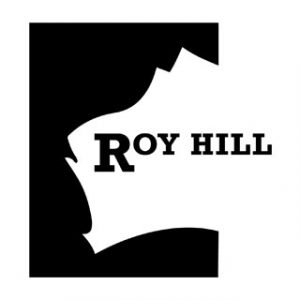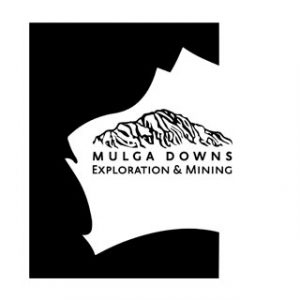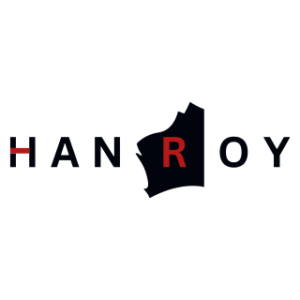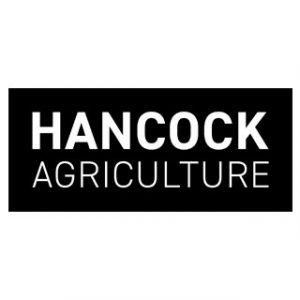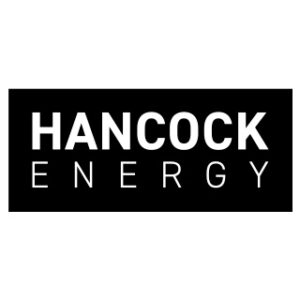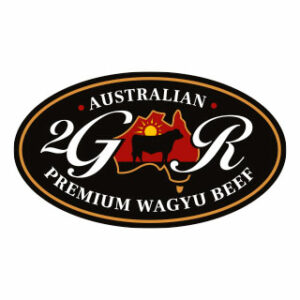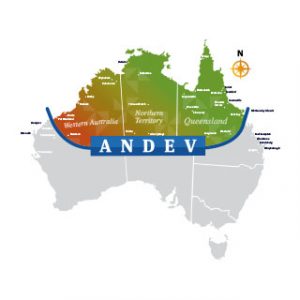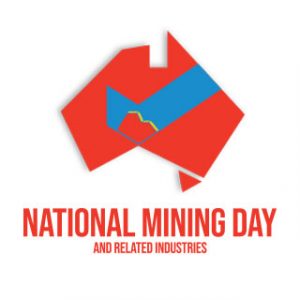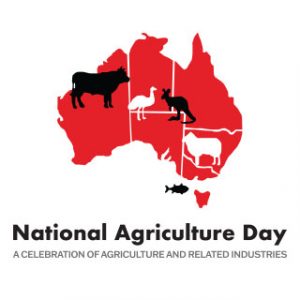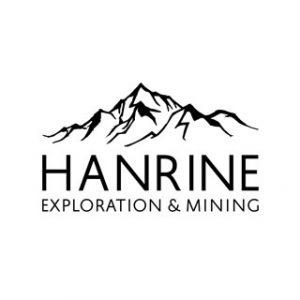Past, present and future in Gina Rinehart’s land plan
AUSTRALIA’S richest woman Gina Rinehart has brought together two of the greatest names in the nation’s history and in its development. She has very neatly unified past, present and future.
In spending around a quarter of a billion dollars to buy control of a slice of Australia, big enough to actually be seen with the naked eye from the moon, she’s also got Treasurer Scott Morrison out of a rather uncomfortable position.
More importantly, Rinehart’s deal provides Morrison with something of a template for handling a critical part of what is going to be our most dominant, most challenging and most complex relationship with any country over the next half-century at least.
If only we had ‘half-a-dozen Rineharts’, able and prepared to do the same thing. Obviously, we don’t: we’ll need to promote ‘synthetic Rineharts’ to do what she’s done, from among the ranks of mainstream institutional investors instead.
On Sunday, Rinehart’s central company Hancock Prospecting announced the $365 million purchase of the S Kidman & Co pastoral group, which has an average carrying capacity of 185,000 cattle over 101,000sq km of leases stretching across three states (Queensland, South and Western Australia) and the Territory. That’s an area equal to about 1½ Tasmanias, or around 40 per cent of Victoria.
Rinehart’s Hancock will own two-thirds of and control the corporate buying vehicle, the other one-third will be owned by a Chinese partner — splitting the cost roughly $243 million/$122 million.
Hancock and Kidman: these are two names that resonate through Australia’s development history.
Kidman encapsulates the sprawling pastoral empires — the ‘sheep’s back’ — on which Australia was built through the second half of the 19th century and running through the first half of the 20th century.
Hancock — her father Lang — personifies like no other the discovery and development of the huge resources projects, initially in WA in the Pilbara but spreading into Queensland, in the second half of the 20th century and which now are the foundation of our contemporary and future prosperity.
Those projects — the Pilbara iron ore mines, the Queensland coal — were built entirely on Japanese demand and Japanese money, but today that has been completely swamped by the extraordinary appetite of its mainland rival China.
In using minerals-generated wealth to buy control of — and keep under Australian control — one of the great pastoral companies, Rinehart has imprinted her unifying vision on the next stage of our economic history. She has blended past and present to build new dynamic foundations for the future.
For the last two decades China has poured tens of billions of dollars into buying our coal and iron ore. We have quite literally been shipping off huge lumps of WA and Queensland to the north.
A much wealthier Middle Kingdom then started to buy our food. That mid-20th century fantasy of persuading the Chinese to put (Australian) sugar in their tea, played out in the 21st century reality of Confucian mothers buying our milk instead, not for tea, but in baby formula form. Most recently, the Chinese have been coming to buy the land on which it’s all produced (and the air above our two major capital cities — apartments — but that’s another story).
Just as China’s purchases of Pilbara ore went from zero to half a billion tonnes a year in the space of less than a generation, we haven’t even begun to understand how big its new appetite for Aussie land that stays put is going to be.
And so, we equally hadn’t even begun to understand the awkward — actually, the extremely serious — questions that would pose. Do we kick back or bend over?
The Rinehart deal shows how we can best handle it. Broadly, not to rebuff it; heck, that would be like King Canute ordering a full-on tsunami not to keep coming up the beach. But equally, not to just let China buy what it wants as we did with coal and iron ore.
But to embrace and control and, even more hopefully, channel it.
Earlier this year Morrison rejected an all-Chinese bid to buy Kidman. The latest deal is a resounding endorsement of that decision. It should also, very importantly, bury any resentment over the rejection. Most importantly, it points to a win-win future.
The latest proposal would keep majority ownership and control in Australian hands. Better to establish that principle upfront. It’d be a lot tougher to lay down that principle if Morrison has given carte blanche to total or even just majority ownership to such a major deal, scooping up so much of our land.
Contrary to extreme open-door free-marketers, these things actually matter. Especially when we have such a lopsided relationship with one country, and a relationship which is just going to get more lopsided as we stumble, inevitably with little sense of strategic direction, through the 21st century.
Rinehart acted in her own perceived best interest. She has also acted in the national interest, both in the deal itself and the policy guidance it provided. She deserves considerable credit.
It’s worth recalling how last year, according to the ATO, this company of hers, Hancock Prospecting, paid $466 million in company tax, at almost spot on the 30 per cent tax rate. A very large number of Australians are riding on her back.
ONLY IN THE MOODY’S
WHAT to make of Moody’s (self-described) “in depth” assessment that our four big banks have built up portfolios of risky commercial real estate loans — but that they’re not that risky?
Two things spring to mind.
Well, one way or another Moody’s will eventually prove right. But then, let’s not forget that Moody’s — and its two global rating peers — completely missed the much bigger, the far more fundamental risks that built up in bank balance sheets (but not our four) before the GFC.
When you actually sift through the detail of the Moody’s analysis the lending on commercial real estate actually seems well controlled, both in terms of its overall size and the losses that could be incurred even in a worst-case 1990-style meltdown.
The biggest risk is commercial real estate could turn dark just as the apartment market imploded and global financial markets turned sour.
Banks are exposed on three levels — their lending to developers and to buyers, and accessing global markets for funding.
But again, the risk is more to performance — and so, ultimately, dividends — than one of serious systemic collapse. Shareholders would appropriately feel the pain not customers. Or the taxpayer.
It is part of Australia’s bush folklore that when the helicopter carrying Chinese magnate Xingfa Ma touched down last year on a muddy Gulf of Carpentaria beach — so Ma could announce he wanted to buy surrounding Wollogorang Station for $47 million — the billionaire had never before visited the remote region.
Nor did he know how many cattle were on the 705,000sq km station on the Queensland-Northern Territory border, or even how the premium price proffered by its real estate agents was determined.
And when Ma’s son tentatively asked his father what he was going to do with the rough remote bush country with its 80km frontage to the crocodile-filled Gulf, Ma reputedly spoke of its “development potential” and his vision that in a few decades, or centuries, a city the size of Melbourne would cover its shores.
It’s a story that hardened cattlemen love to tell, poking fun at the seeming ignorance of many cashed-up Chinese rushing to buy farms to reap the financial benefits of the Asian food boom.
But there is nothing rash or ill-informed about the $365m joint bid for the bulk of the Kidman cattle and land empire by Australia’s richest woman, Gina Rinehart, and Chinese real estate billionaire and AFL sponsor Gui Guojie.
(It is also likely Ma, who had already spent $20m buying two Pilbara cattle stations as well as Ferngrove Wines, had done his due diligence, though the steep $47m price tag appears to bear little relation to Wollogorang’s productive capacity.)
While the Hancock-Shanghai CRED deal was only locked in over the past eight days — and the bid agreement signed by their Australian Outback Beef consortium and the Kidman board late on Sunday — it has all the hallmarks of a winning proposal.
After the Turnbull government vetoed two previous majority-Chinese ownership bids for the Kidman group as not in the national interest, a consortium 67 per cent owned by Rinehart’s Hancock Prospecting and 33 per cent by Gui’s CRED group is more likely to be politically and publicly palatable.
One Nation senator Pauline Hanson, always opposed to the sale of farmland to foreigners, declared she is happy, given “the vast majority of the company remains in the hands of Australians”.
“Ms Rinehart has my full support and gratitude,” Senator Hanson said.
“I have faith in her love for the country and its assets, and won’t stand in the way of an Australian buying the country’s largest cattle property.”
Vocal critics of the flood of station sales to the Chinese — including radio presenter Alan Jones, senator Nick Xenophon and Deputy Prime Minister Barnaby Joyce — also bestowed their approval.
Increasing the likelihood that the Hancock bid will win the golden tick from the Foreign Investment Review Board and Treasurer Scott Morrison is the exclusion from the deal of the world’s largest cattle station, Anna Creek, and the neighbouring Peake station. It was the inclusion of Anna Creek, 27,300sq km of sprawling low-productive outback country to the west of Lake Eyre, which includes Defence’s high-security Woomera Rocket Range, that led to the blocking of a bid led by the Shanghai Pengxin group for the Kidman properties for reasons including national security.
“The parcel of land that we’re talking about is some 1.3 per cent of Australia’s landmass; the largest single parcel (Anna Creek Station) is next to the Woomera Protected Area,” Morrison said when rejecting that Chinese bid in November last year.
“We welcome foreign investment but as Treasurer I will always make sure that investment is done in Australia’s national interest.”
Presuming Hancock and Shanghai CRED succeed in buying S. Kidman and Co 18 months after the publicly listed family company was advertised for sale, the agricultural sector is asking if the magic formula for foreign investment has now been found.
Is one-third foreign ownership — especially when Chinese companies are involved — with the majority partner controlled by Australians the new acceptable face of businesses wanting to buy agribusinesses?
David Goodfellow, former head of Macquarie’s Bank’s Pastoral Fund and Elders, and now the local managing director of Chinese agribusiness and manufacturing conglomerate the RIFA Group, certainly hopes not.
RIFA has bought, with full FIRB approval, $150m of cattle and sheep properties in western Victoria and northern NSW — including the prized $14m Blackwood estate near Dunkeld — with no Australian partner involved. “This (Kidman bid) is obviously a strategy they think will work because other bids have failed, but I think it’s a long stretch to say this 33 per cent to 67 per cent (ownership balance) is a preference backed by FIRB,” Goodfellow says.
“I know there is criticism that FIRB rules about foreign investment are not clear enough but I don’t think there should be hard rules around part-ownership because it needs to vary according to investors, their experience and appetites.
“I don’t mind 100 per cent foreign ownership; to me (FIRB approval) should be more about is there local control, Australian board directors and a robust local management team that can make autonomous decisions and understands Australian farming systems and things like buying locally and supporting local communities.”
The danger of blocking foreign bids for farmland unless an Australian partner has a majority stake is that capital inflows could dry up, says David Williams, managing director of specialist agribusiness corporate advisory firm Kidder Williams.
Agriculture needs capital to develop underperforming farms into productive businesses, while intensive spending on large outback cattle stations such as those in the Kidman portfolio could lift their carrying capacity fivefold.
“This is an elegant outcome for the government in this special and sensitive case but it’s also a bit of luck because Gina (Rinehart) has deep pockets and was prepared to pay what the (Pengxin) Chinese bid was also putting up for Kidman, when no other Australian bidder had been able to make that price work,” Williams says.
“But if we always insist on a partnership model, it will bring the price down because Australians are generally not prepared to pay the same price as foreigners for these assets, so the average offer would be lower. That will only hurt Australians trying to sell the farm and get off the land. “We will miss out on (deals) if the partnership model and minority Chinese ownership becomes the norm; and we need this capital if we are going to sweat the (farm) assets to produce more food.”

